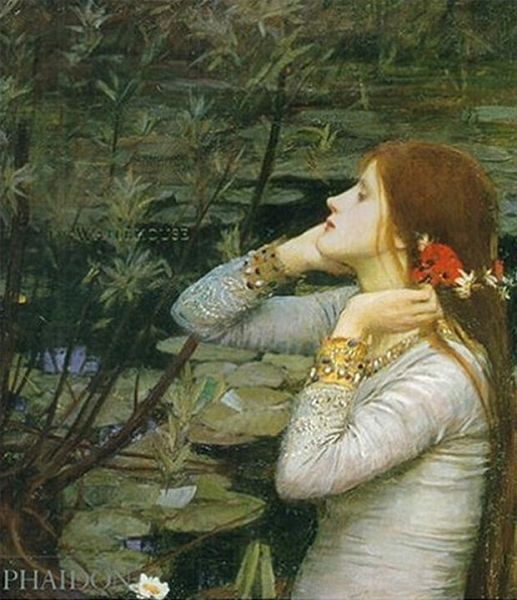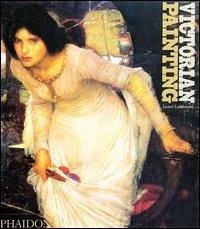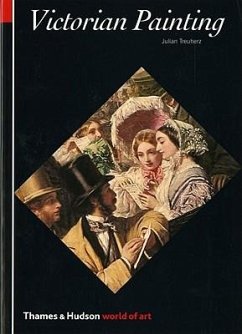Nicht lieferbar

J.W. Waterhouse
Versandkostenfrei!
Nicht lieferbar
John William Waterhouse (1849-1917) is one of the most enduringly popular of the Victorian artists, and paintings such as The Lady of Shalott, Hylas and The Nymphs and Ophelia have become icons recognized the world over. With their compelling composition and glowing colour, these works are admired for their beauty and for their power to transport the viewer into a romantic world of myth and legend. At the same time, Waterhouse's wistful heroines also reflect the troubled attitudes of nineteenth-century male artists towards women.In this carefully researched new study, Peter Trippi presents a f...
John William Waterhouse (1849-1917) is one of the most enduringly popular of the Victorian artists, and paintings such as The Lady of Shalott, Hylas and The Nymphs and Ophelia have become icons recognized the world over. With their compelling composition and glowing colour, these works are admired for their beauty and for their power to transport the viewer into a romantic world of myth and legend. At the same time, Waterhouse's wistful heroines also reflect the troubled attitudes of nineteenth-century male artists towards women.
In this carefully researched new study, Peter Trippi presents a fresh and absorbing analysis of the artist's seductresses, martyrs and nymphs, and the cultural and historical circumstances in which they were produced. He also draws on new research to provide an accessible biography of the artist. Themes explored include Waterhouse's passion for Italy, literature and the classical world, the role of the Royal Academy in his life, his stylisticinfluences and studio practice, and his relations with collectors, dealers, critics and curators.
Neglected throughout much of the twentieth century, Waterhouse has enjoyed a dramatic revival of fortune. Trippi's monograph provides a timely re-evaluation that combines a close reading of Waterhouse's imagery with a candid appraisal of the milieu in which he worked.
In this carefully researched new study, Peter Trippi presents a fresh and absorbing analysis of the artist's seductresses, martyrs and nymphs, and the cultural and historical circumstances in which they were produced. He also draws on new research to provide an accessible biography of the artist. Themes explored include Waterhouse's passion for Italy, literature and the classical world, the role of the Royal Academy in his life, his stylisticinfluences and studio practice, and his relations with collectors, dealers, critics and curators.
Neglected throughout much of the twentieth century, Waterhouse has enjoyed a dramatic revival of fortune. Trippi's monograph provides a timely re-evaluation that combines a close reading of Waterhouse's imagery with a candid appraisal of the milieu in which he worked.













